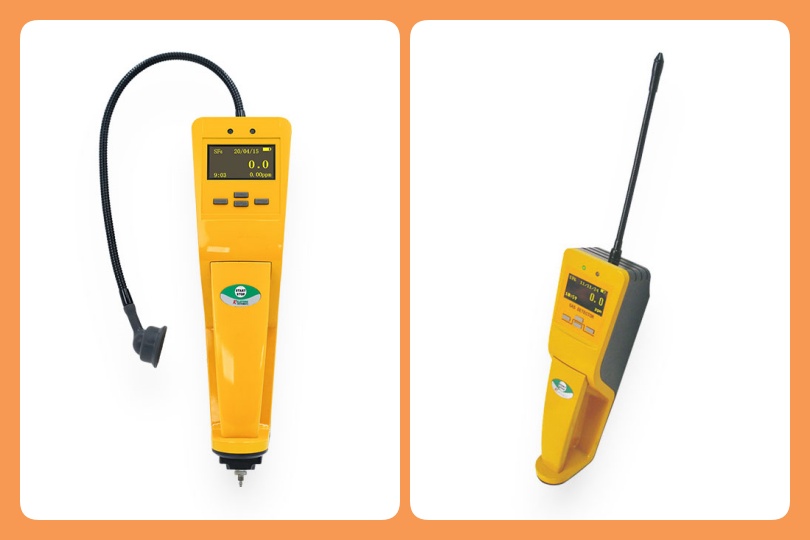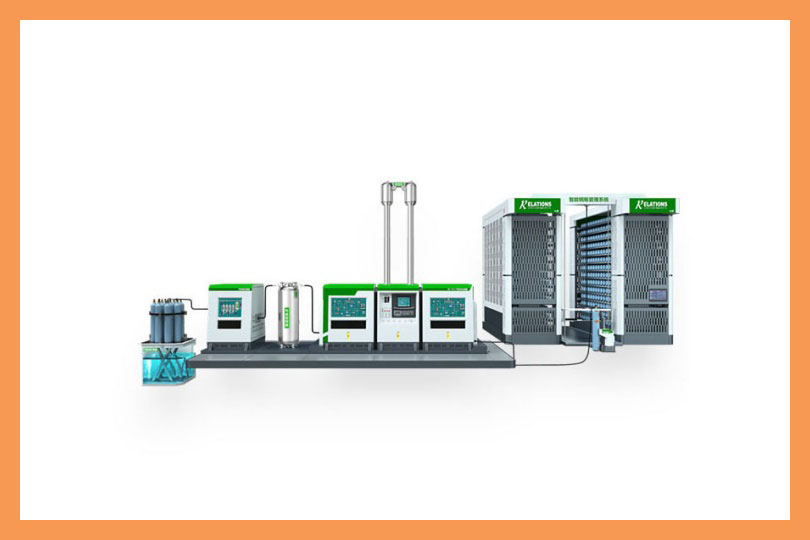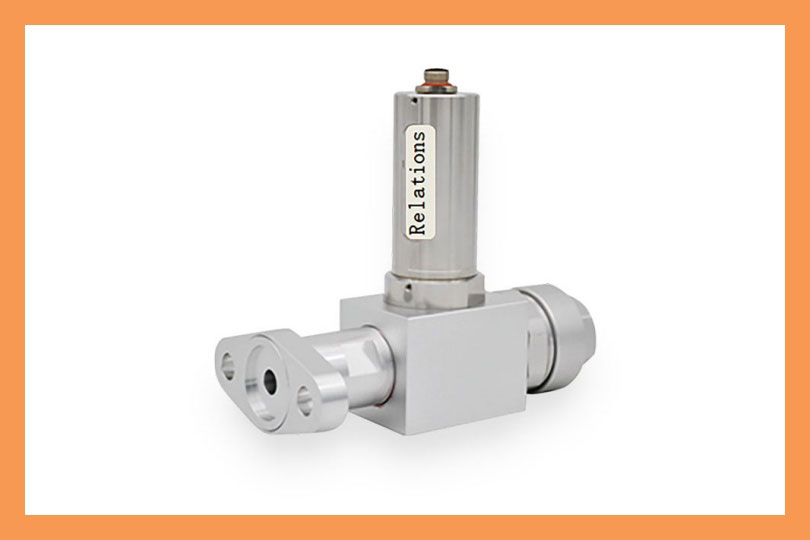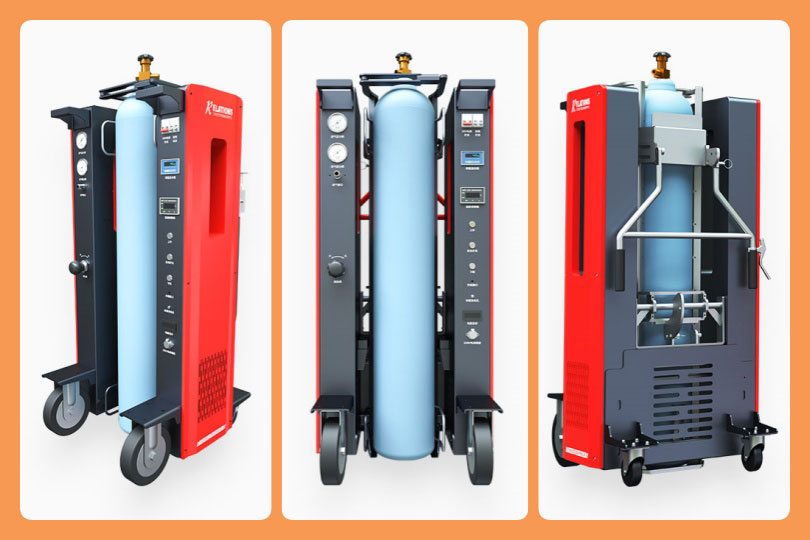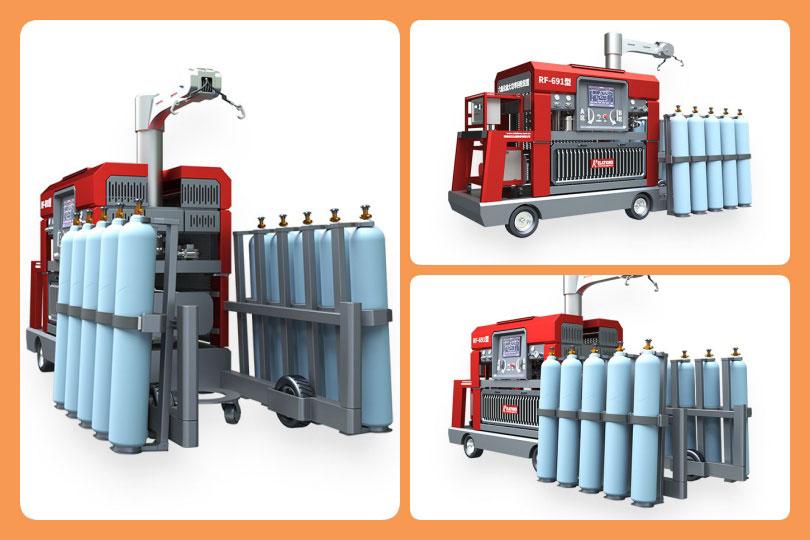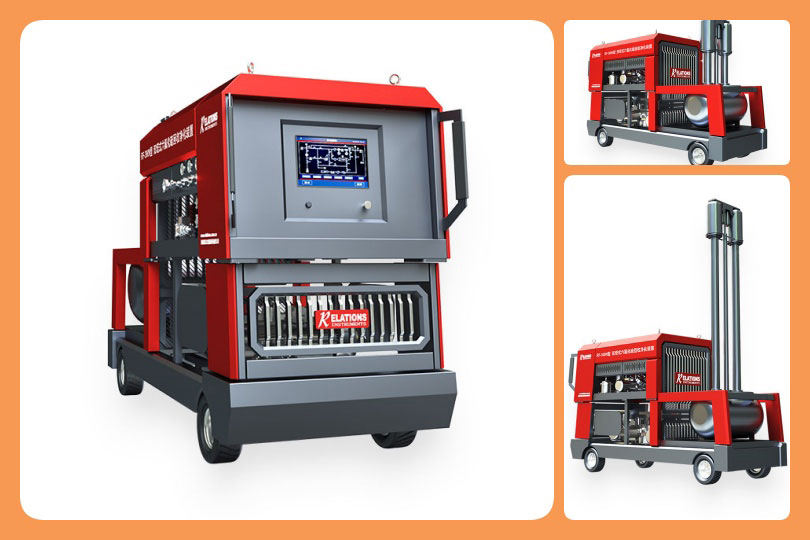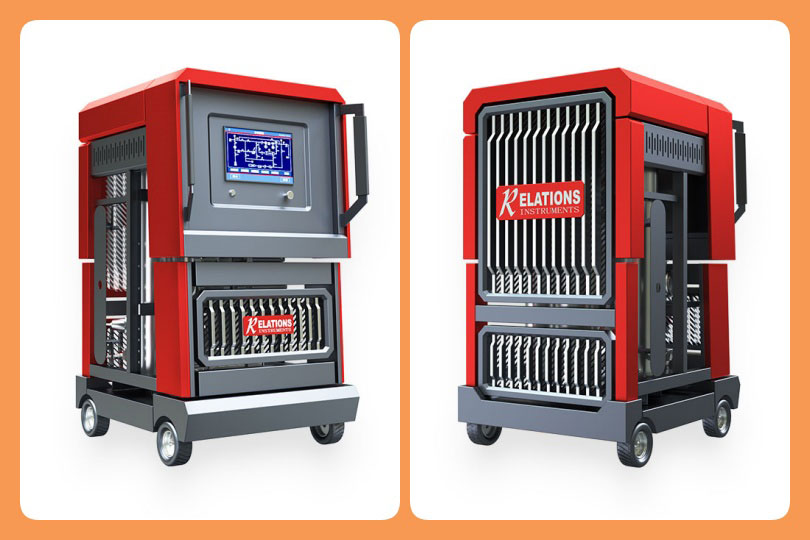A Comprehensive Guide to Purchasing SF6 Gas Leak Detectors
Date
2025-05-07
[email protected]
Website
www.sf6gasdetector.com
Get Solutions And Quotes
A Comprehensive Guide to Purchasing SF6 Gas Leak Detectors
In industrial production and the maintenance of electrical equipment, SF6 gas leak detectors are essential tools to ensure safe operation. Selecting an appropriate detector can not only improve the detection efficiency but also effectively prevent potential safety hazards. The following are the key aspects to note when purchasing an SF6 gas leak detector.
1. Detection Performance
Detection Principle: Infrared absorption method, electrochemical method, and semiconductor method are common detection principles. The infrared absorption method, with its high precision and strong anti-interference ability, is suitable for various environments. The electrochemical method has high sensitivity to specific gases but requires attention to interference from other gases. The semiconductor method has a lower cost but slightly inferior precision. It is crucial to choose a suitable detection principle according to actual needs.
Detection Range: The leakage concentration of SF6 gas varies in different scenarios. The leakage concentration in electrical equipment rooms may be relatively low, while it may be higher in industrial production sites. Therefore, the key is to select an instrument whose detection range covers the expected leakage concentration.
Precision and Resolution: For high-precision requirements, such as the leakage detection of electrical equipment, an instrument with high precision and low resolution should be selected. For general leakage detection, the precision requirement can be appropriately reduced.
2. Functional Characteristics
Alarm Function: A reliable alarm function, including various methods such as sound, light, and vibration, ensures timely reminders for operators. At the same time, the alarm value can be set according to actual needs to meet different safety standards.
Data Recording and Transmission: A detector with data recording function can transmit data to a computer or other storage devices. Instruments supporting wireless transmission functions are more convenient for remote monitoring and management.
Self-diagnosis Function: The instrument should be able to automatically detect its own working status, promptly identify faults, and remind for maintenance.
3. Durability and Reliability
Protection Level: For instruments used in outdoor or harsh industrial environments, a high protection level should be selected to ensure functions such as dust prevention, water resistance, and corrosion resistance.
Stability: The SF6 gas leak detector should maintain stable detection performance during long-term use, avoiding deviations in detection results due to environmental changes. Products from well-known brands and those verified by the market are more guaranteed.
Sensor Lifespan: Understand the service life and replacement cost of the sensor, and select an instrument with a long lifespan, convenient replacement, and reasonable cost.
4. Operation and Maintenance
Ease of Operation: A simple and clear operation interface and easy-to-use operation methods ensure that even non-professionals can quickly master the operation.
Maintenance Cost: Understand the maintenance requirements and costs, and select an SF6 gas leak detector with low maintenance cost and convenience to reduce the usage cost.
After-sales Service: Choose a supplier with good after-sales service to ensure fast and effective technical support and maintenance services.
5. Other Precautions
Compliance: Ensure that the instrument complies with relevant national standards and industry specifications and has qualifications such as metrological certification.
Price and Cost-effectiveness: Comprehensively consider factors such as the performance, function, and durability of the SF6 gas leak detector, and select a product with high cost-effectiveness.

